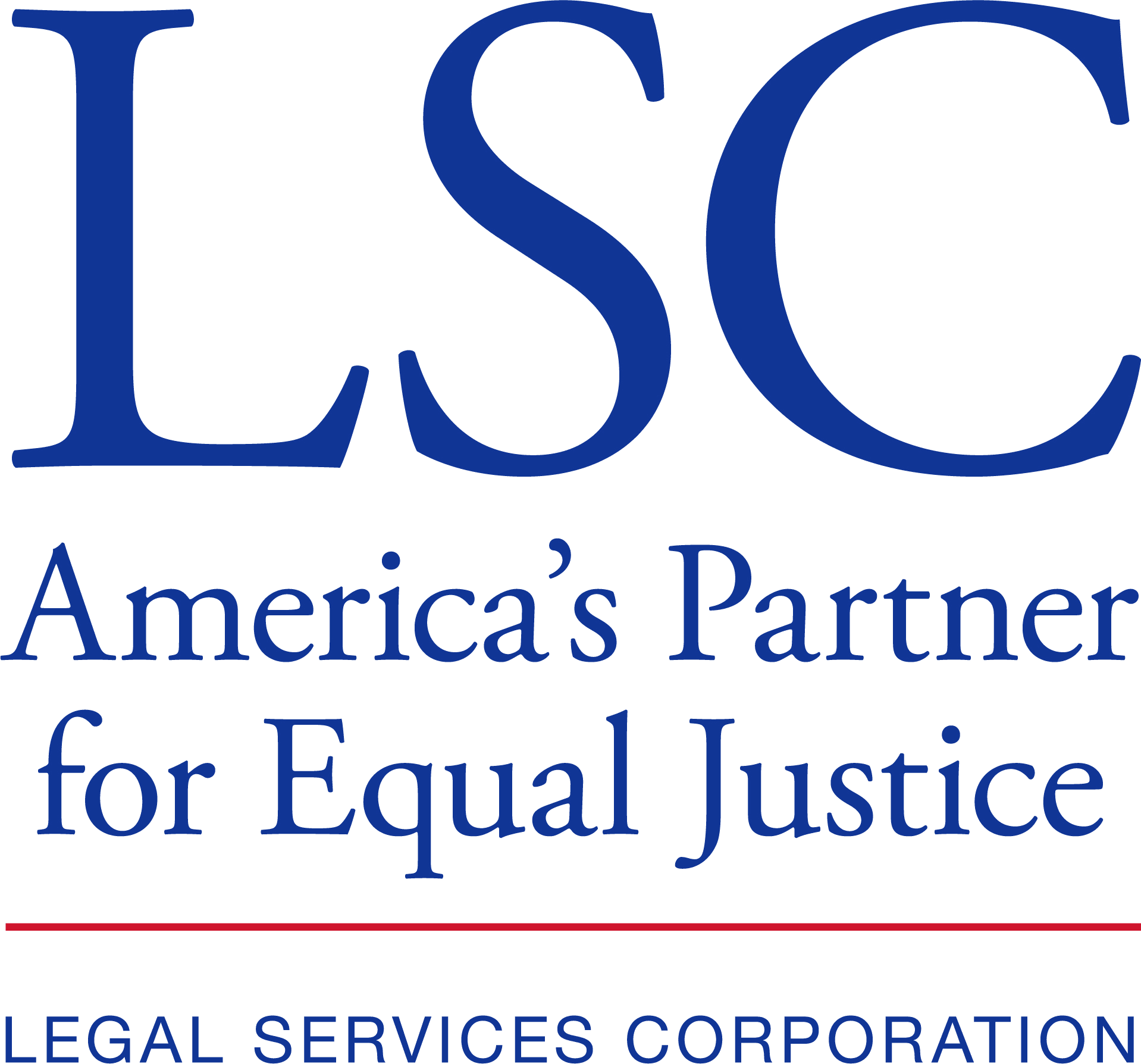
data-usecase-icon="donation_form"
Bridge the Digital Divide Drive
Set up a simple online donation form to collect one-time gifts for purchasing devices and internet plans for underserved communities, maximizing reach with zero fees.
data-usecase-cta="donation_form"
data-usecase-icon="recurring_donations"
Sponsor a Student’s Device Monthly
Invite supporters to fund a student’s laptop or hotspot on a monthly basis, ensuring reliable tech access year-round with automated contributions.
data-usecase-cta="recurring_donations"
data-usecase-icon="peer_to_peer"
Tech Champions Peer-to-Peer Challenge
Empower volunteers or students to fundraise on your behalf with personalized pages and social sharing, turning every supporter into an ambassador for digital inclusion.
data-usecase-cta="peer_to_peer"
data-usecase-icon="event"
Annual Tech Access Gala
Host a dinner or virtual gathering celebrating impact and sell tickets in minutes, capturing attendee details and building community engagement without processing fees.
data-usecase-cta="event"
data-usecase-icon="store"
Tech Swag Online Store
Offer branded laptop sleeves, USB drives, and apparel to boost awareness and revenue, all sold through a customizable store with no platform fees.
data-usecase-cta="store"
data-usecase-icon="membership"
Founders Circle Membership Program
Launch a tiered membership offering exclusive updates, training webinars, and early access to refurbished devices, fostering a loyal donor community.
data-usecase-cta="membership"
How Zeffy compares to other fundraising platforms for Technology Access Initiatives
Fees | You keep | You lose | ||
|---|---|---|---|---|
0% platform & processing fees | $50,000 | $0 | ||
2.9% + $0.30/transaction | $48,400 | -$1,600 | ||
2.2% + $0.30 + ~2.35% platform fees | $47,500 | -$2,500 | ||
2.9% + $0.30/transaction | $48,350 | -$1,650 | ||
3.7% + $1.79/ticket + 2.9% processing | $46,550 | -$3,450 (est.) | ||
1.99% + $0.49 | $48,560 | -$1,440 |
100% free, always.
Top 6 fundraising ideas for Technology Access Initiatives
📱 Summer Device Drive
Collect gently used smartphones and tablets all summer, refurbish them, and gift digital tools to underserved students.
🚴 Ride for Connectivity
Organize a community bike ride where riders raise pledges per mile to fund home internet kits for low-income families.
🌐 Virtual Data Dash
Launch a peer-to-peer online sprint where supporters sponsor monthly data bundles and share updates to boost connection goals.
🍦 Ice Cream & Innovation
Host an outdoor ice cream social with tech demos, donation kiosks, and a raffle to sweeten support for digital equity.
🔋 Solar Hackathon
Hold a solar-powered summer hackathon: teams pay entry, build tech solutions, and fundraise to light up community learning labs.
📸 SnapTech Summer
Run a summer photo contest of tech-in-action; donors cast votes with contributions, showcasing innovation while raising funds.
Want more inspiration?
Explore 40+ free Technology Access Initiatives fundraising ideas
Top grants for Technology Access Initiatives in 2025

Technology Initiative Grant (TIG)
Legal Services Corporation (LSC)
Varies by category (e.g., up to $35,000 for TIPs, minimum $40,000 for SEA)
Funds technology projects to improve access to legal assistance for low-income Americans, with the FY2025 cycle opening in mid-January 2025.

Strengthening Mobility and Revolutionizing Transportation (SMART) Grants Program
U.S. Department of Transportation
Up to $2,000,000 (Stage 1)
Supports demonstration projects for advanced smart community technologies to improve transportation efficiency and safety, with Stage 1 grants open for eligible entities.

AWS IMAGINE Grants
Amazon Web Services (AWS)
Not specified
Supports registered nonprofit organizations using cloud technology to accelerate their missions.

Technology Grant Program
Cisco Systems
Not specified
Donates Cisco technology to qualifying nonprofit organizations to enhance productivity, security, and scalability.
Top companies that donate to Technology Access Initiatives in 2025

Walmart
Supports nonprofits through local grants and community giving programs.

TechSoup
Supports nonprofits, charities, and libraries by providing access to donations and discounts on software, hardware, and services.

Human-I-T
Creates equitable access to opportunity by providing devices, internet access, digital skills training, and tech support to low-income individuals and nonprofits.

HP Foundation
Supports tech learning in underserved communities with grant funding, charitable giving, and volunteer programs.
Frequently asked questions
Is Zeffy really 100% free for Technology Access Initiatives? What's the catch?
Yes, Zeffy is 100% free for Technology Access Initiatives! There are no platform fees, no processing fees, and absolutely no hidden costs. We stay free through optional tips from donors who support our mission to help initiatives like yours keep every dollar. That's it—no catch!
Can Technology Access Initiatives use Zeffy to collect donations?
Definitely! Technology Access Initiatives can use Zeffy to collect general donations, manage event ticket sales, and set up recurring giving, all without paying a single fee. Every donation supports your mission, not ours.
What types of fundraising campaigns can Technology Access Initiatives run with Zeffy?
Technology Access Initiatives can run various campaigns with Zeffy! Organize peer-to-peer fundraisers, host ticketed events, or establish recurring donation programs for continual support. Whatever your fundraising needs, Zeffy is here to assist.
What's the best fundraising platform for Technology Access Initiatives?
Zeffy is the only truly 100% free fundraising platform for Technology Access Initiatives. While other platforms often charge processing fees or have hidden costs, we ensure every penny goes straight to your mission, building trust with your supporters.













